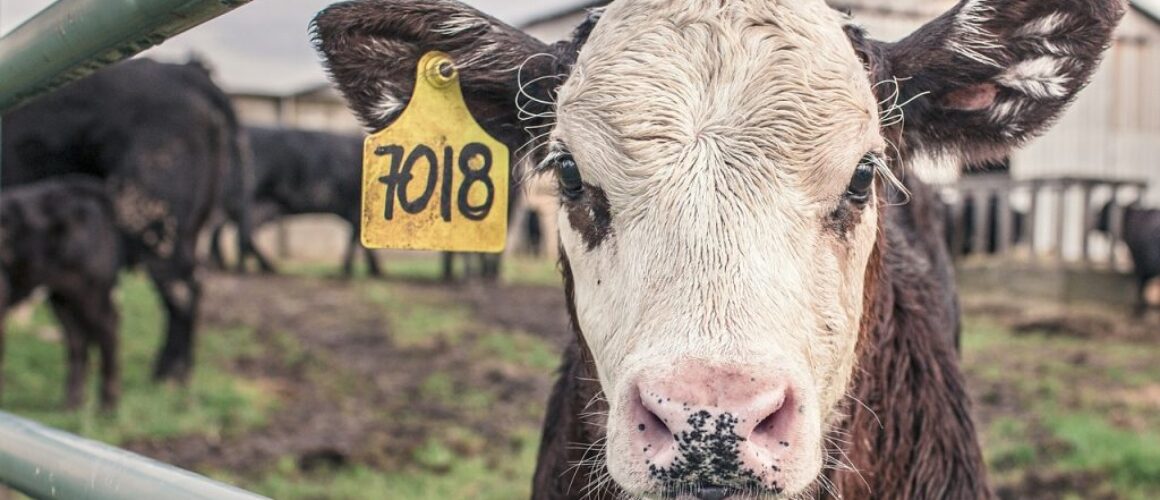Where Do GMOs Really Go?
The biotech industry wants you to believe that their products, their newly patented genetically engineered seeds and the portfolio of industrial agrochemicals needed to grow them, are essential to feeding the world.
It’s a great headline, often repeated, but is it true?
If you take a look at the actually data of how GMOs are used, it turns out that GMOS are actually used to fuel cars, create processed foods, and to feed animals in the United States.
The world? Well, that part isn’t exactly true.
GMOs are now present in 80% of conventional processed food in the U.S. According to the USDA, during processing, corn is either wet or dry milled depending on the desired end products. Wet millers process corn into high-fructose corn syrup (HFCS), glucose and dextrose, starch, corn oil, beverage alcohol, industrial alcohol, and fuel ethanol.
Amazingly, the USDA boldly states: “Government programs have been instrumental in the development of the HFCS markets.” In other words, our taxpayer dollars are hard at work making processed foods. Corn crops receive enormous subsidies and financial aid. Veggies? Less than 1%.
And as for the alternative fuel in our cars? 28% of U.S. soy goes into fuel production and about about 40% of US corn production goes to make ethanol.
And as far as feeding animals? 70% of U.S. soybeans and 48% of U.S. corn go into livestock, poultry, and fish feed (2)(3) through commercial and on site feed productions. Today, those same animals now account for 80% of antibiotic use in the U.S.
So is the genetically engineered corn and soy making them sick? And do Americans really need to be taking this risk?
Due to GMO crops being used mainly to feed animals, any animal products not certified USDA organic or Non-GMO verified are very likely to be the product of GMO fed animals. Generating awareness for this issue is another hurdle for conscious consumers, but it is essential that consumers recognize that most products in the grocery store derived from cattle, sheep, pigs, chickens, fowl, fish, and other common livestock animals are influenced by genetically modified crops. On top of that, the escalating applications of glyphosate, declared a “probable carcinogen” by the World Health Organization, mean that you are getting more than you bargained for every time you meat-up.
According to Forbes, “With more than 60 nations having biofuel mandates, the competition between ethanol and food has become a moral issue. Groups around the world oppose biofuels because they push up food prices and disproportionately affect the poor.
In 2000, over 90% of the U.S. corn crop went to feed people and livestock, many in undeveloped countries, with less than 5% used to produce ethanol. In 2013, however, 40% went to produce ethanol, 45% was used to feed livestock, and only 15% was used for food and beverage (AgMRC).”
When you actually understand the financial incentives behind the biotech industry, you can see that their promise to “feed the world” is really just PR spin for a promise to feed their bottom line.
GMOs and the portfolio of chemicals required to grow them don’t actually feed the world. They do feed shareholder return. Or at least they did until the world started catching on to this PR spin.
To bring complete clarity to the PR play here, Forbes recently stated:
“The grain required to fill a 25-gallon gas tank with ethanol can feed one person for a year, so the amount of corn used to make that 13 billion gallons of ethanol will not feed the almost 500 million people it was feeding in 2000.”
Bottom line? We don’t need GMOs to feed the world.
We simply have to stand for smarter policy.
For more on the pervasiveness of GMOs in animal feed, read on.
